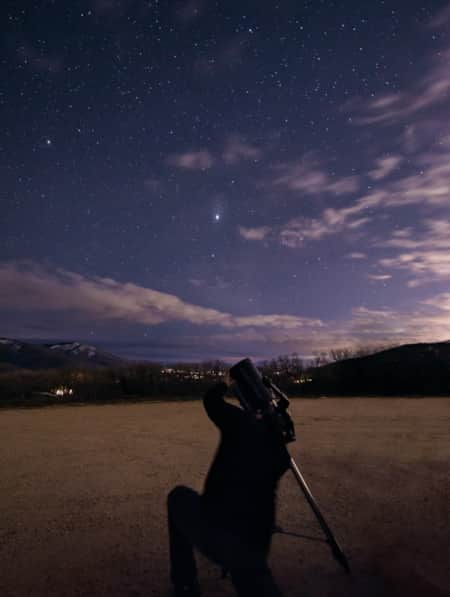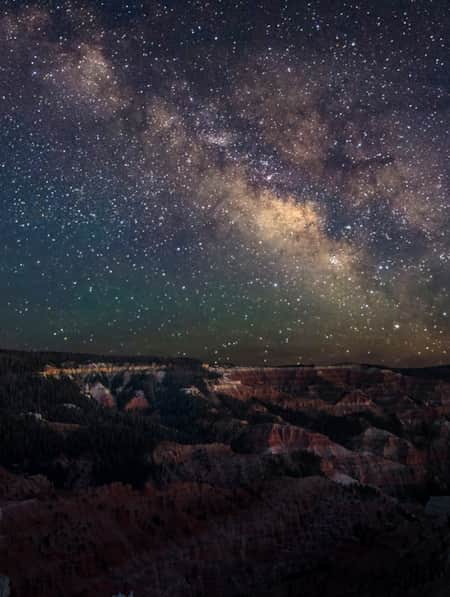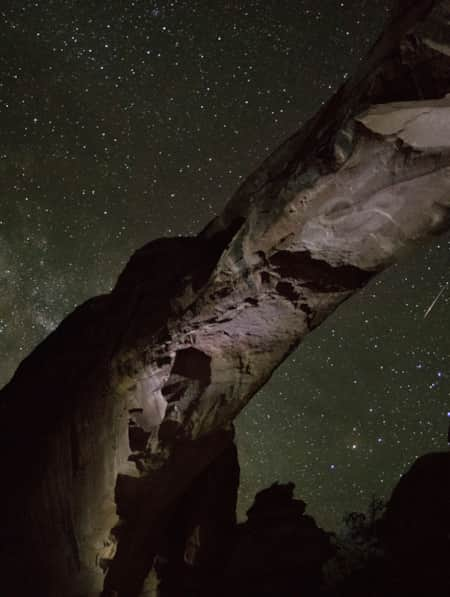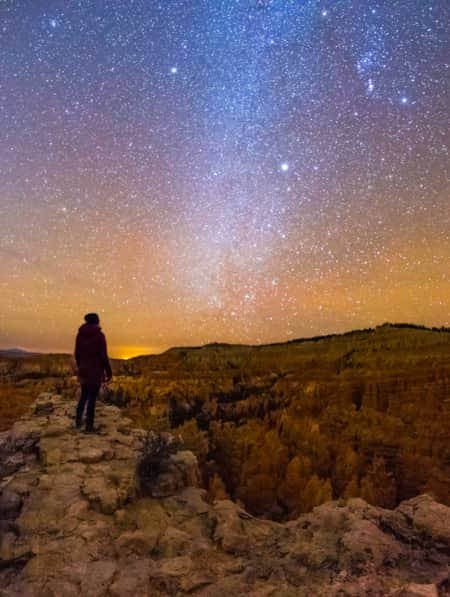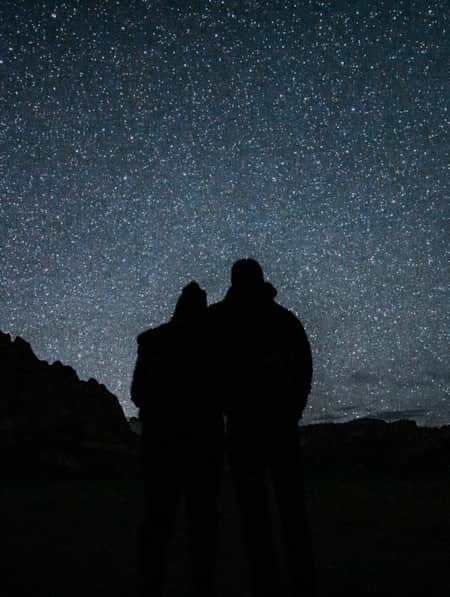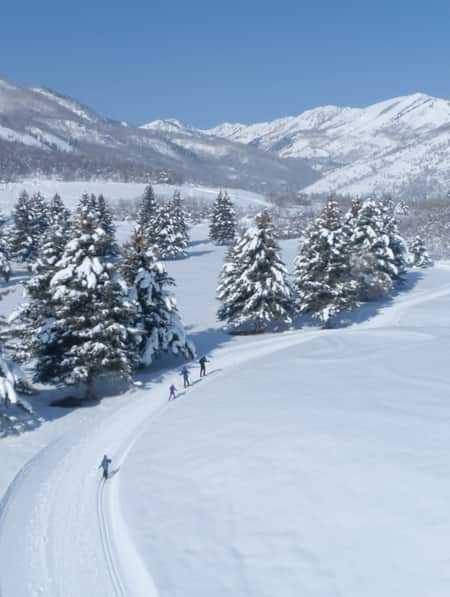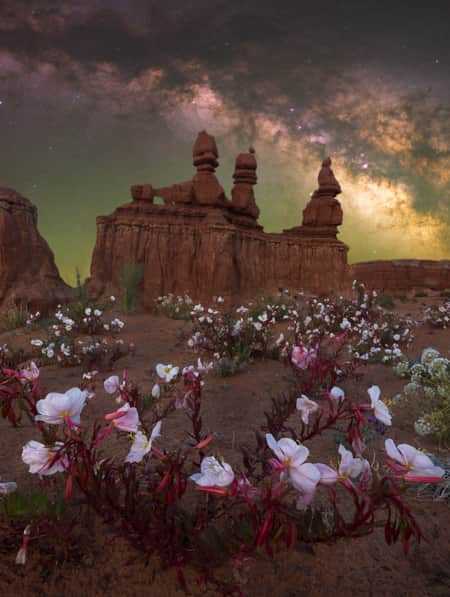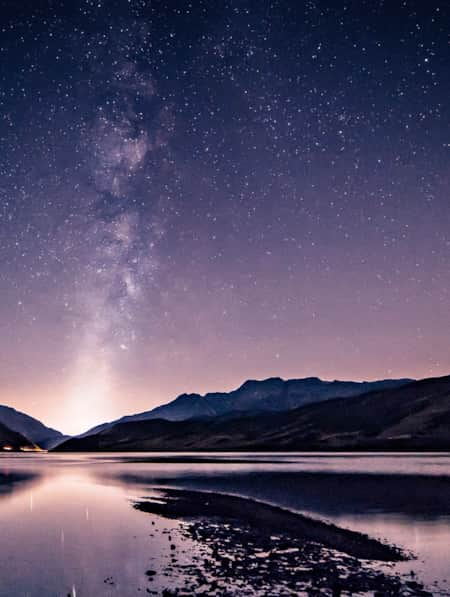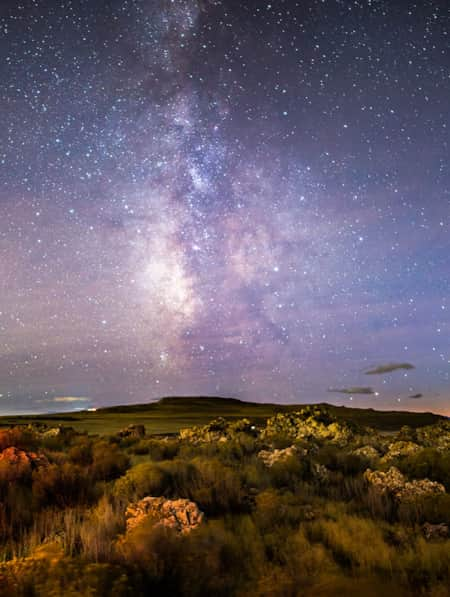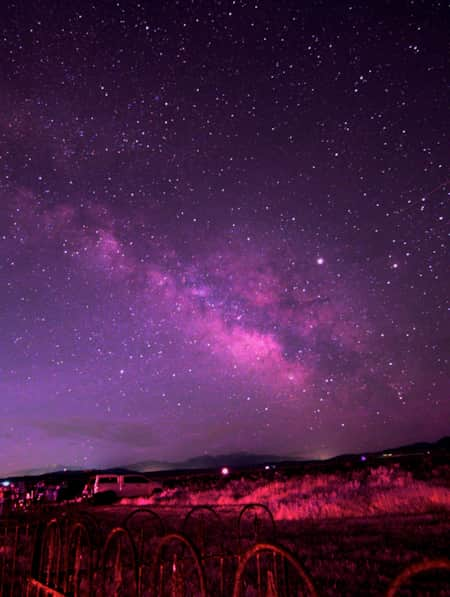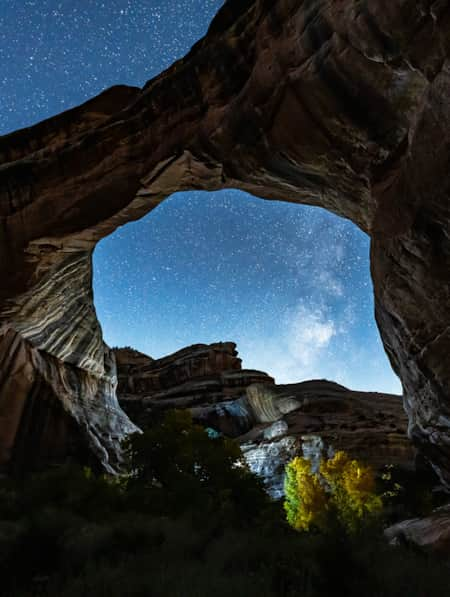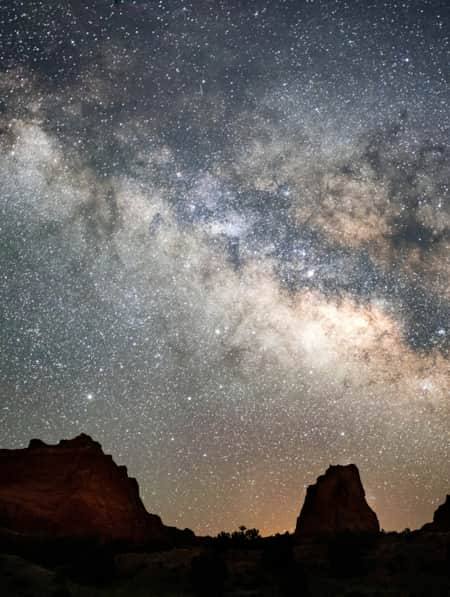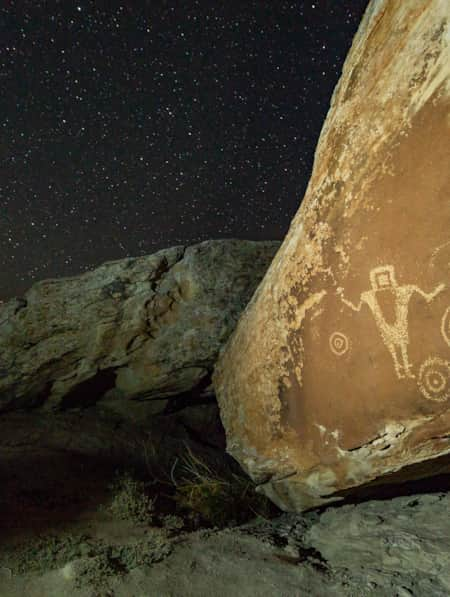Reclaiming the Stars: Utah’s Dark Sky Initiative
Utah State Parks bring back the stars for all to enjoy.
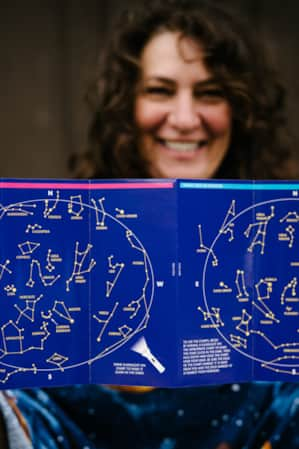
“What a privilege it is to frolic with goblins under the beguiling light of a billion stars,” Justina Parsons-Bernstein wrote in her journal during a stargazing party at Goblin Valley State Park.
The recreation interpretation resource manager for Utah State Parks was basking in the light show with more than 100 astrotourists for a very special occasion. The park was celebrating its designation as a Utah Dark Sky Park. That’s to say that the park has taken — and will continue to take — measures to protect the night sky for present and future generations, earning a virtual seal of approval from DarkSky.
What Is Utah's Dark Sky Initiative?
Parsons-Bernstein, along with a slew of interns and state park managers, has guided many Utah state parks through the application and accreditation process. The state now has the highest concentration of DarkSky-certified locations, including communities, parks and protected areas (Read: Utah After Dark). It’s a testament that Utah State Parks are reclaiming the stars for its residents and visitors through the Utah State Parks Dark Sky Initiative.
The stars are big business, as well. A recent survey found that during the next decade visits to the Colorado Plateau are expected to pump $2.5 billion into rural economies. Dark skies are a value-added experience that creates demand for recreation-based tourism. (Read: How to Stargaze in Utah)
"Utah’s public lands are beautiful and dramatic during the day, but they might well become famous for how awe-inspiring they are during the night."
– Justina Parsons-Bernstein, Utah State Parks
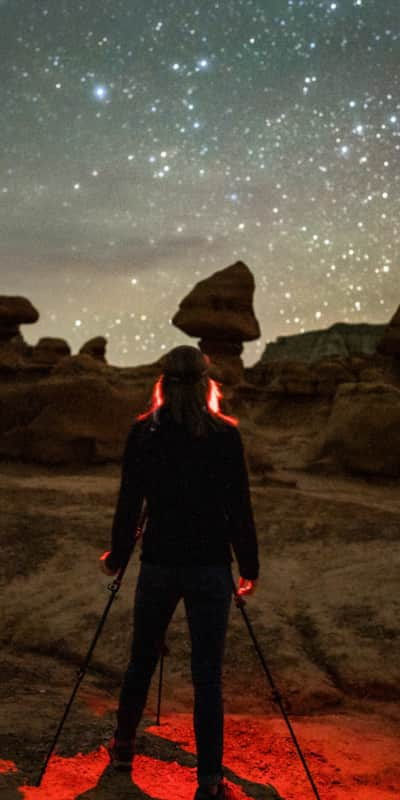
Astrotourism In Utah
Imagine you and your loved ones wrapped in blankets on a crisp, clear night. You are talking for hours beyond your normal bedtime, and why? Well, more than 5,000 stars can be seen, and they captivate you. (Read: Following the Stars)
Indeed, Utah’s public lands are beautiful and dramatic during the day, but they might well become famous for how awe-inspiring they are during the night.
Parsons-Bernstein remembers when, as a child, she could see the Milky Way from her backyard in Ogden, Utah. An ever-growing population and a minimal emphasis on the effects of light pollution in the decades since, and 74-percent of people around the world cannot see the Milky Way — especially those in urban centers.
“If people can’t see the stars, they will go and find them,” Parsons-Bernstein says. “These astrotourists are coming to Utah from all over the world, because they want to be out in the pristine darkness and see the Milky Way for themselves.” (Read: Seeking Starry Skies Near Salt Lake City)
At Utah’s abundant public lands, there’s a perfect recipe for dark sky viewing: high altitude, dry weather, low population and distance from urban growth.
“A lot of the world lives in perpetual twilight,” she says. “Our dark sky parks are becoming the last places where you will actually be able to see dark skies, and Utah is lucky that we are really able to see a lot. It’s the mecca of stargazing.”
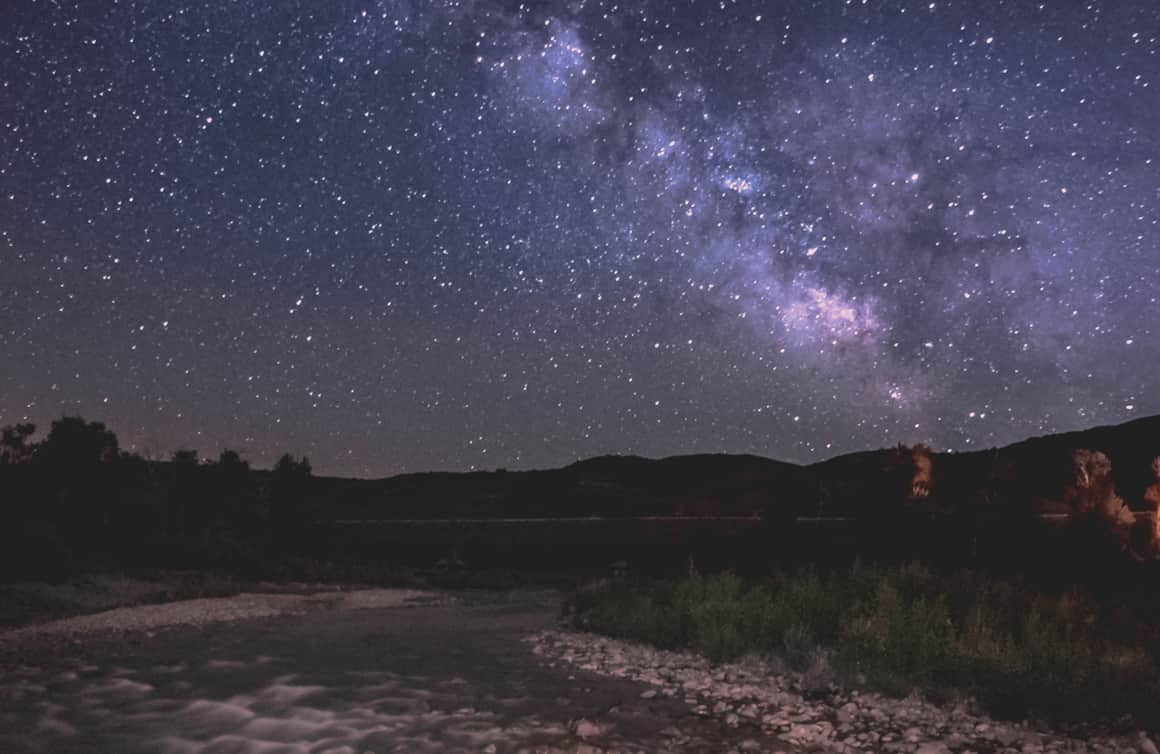
Jordanelle State Park was certified as an International Dark Sky Park in January 2021.
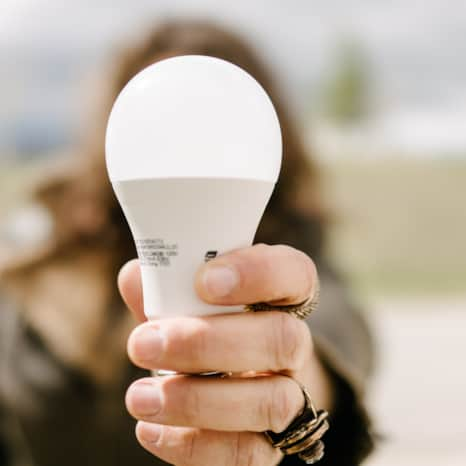
Bulbs with the proper lumens and wattage can reduce reflection into the night sky.
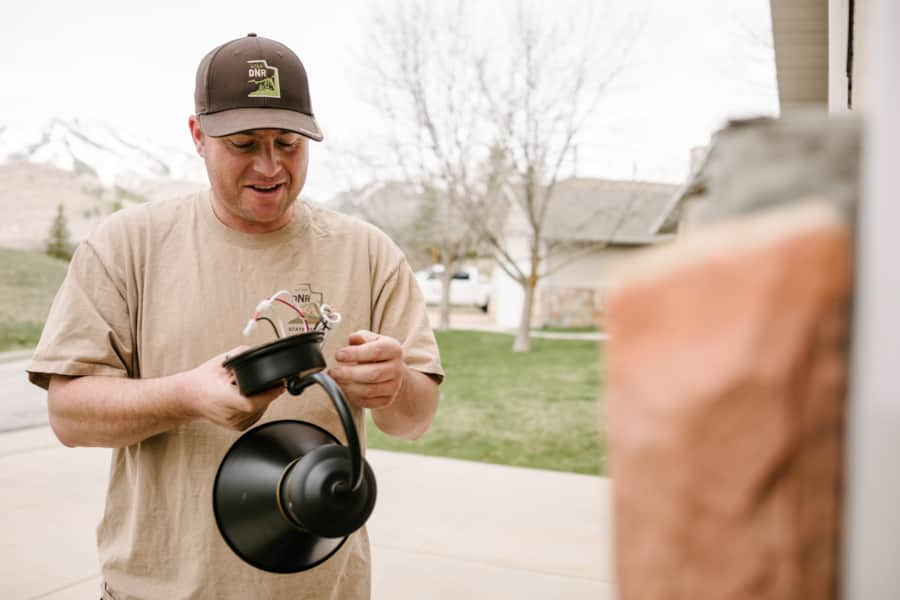
Downward-facing light fixtures can help minimize light pollution.
"Astrotourists are coming to Utah from all over the world, because they want to be out in the pristine darkness and see the Milky Way for themselves."
– Justina Parsons-Bernstein, Utah State Parks


